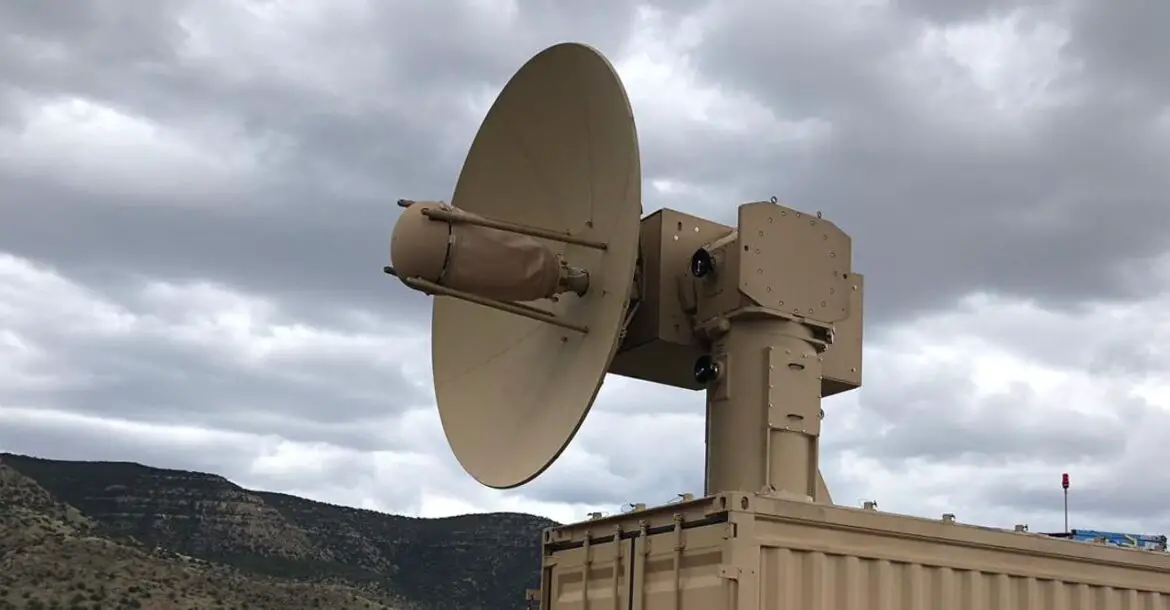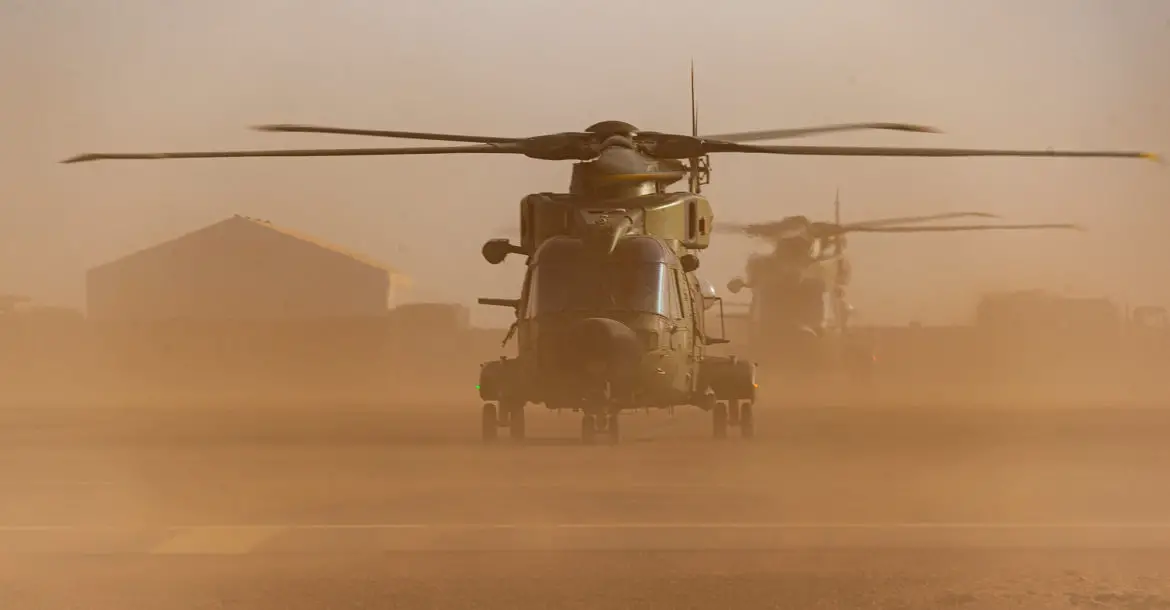Alistair Steele, Guy Quenneville
Former employees of Eastway Tank Pump & Meter Ltd. have come forward to allege a history of safety lapses at the Ottawa company prior to last Thursday's explosion that killed six workers and left a seventh critically injured.
The allegations include at least three previous fires, improper storage of flammable chemicals, and "hot" trucks — tankers that still contained fuel or flammable residue — being exposed to sparks from welding and other activities at the Merivale Road facility.
CBC News spoke with three former employees who corroborated details of each other's accounts of the working conditions at the tanker truck manufacturer, as well as an industry expert with no connection to the company.
In a statement attributed to Eastway Tank president and owner Neil Greene, sent to CBC News on Wednesday evening, he called the allegations "unfounded."
"We are all mourning the loss of our friends and family, and I share the immense pain, sadness and anger being felt.
"With respect, these allegations are unfounded. Eastway Tank has always worked to maintain the highest safety standards. We are working closely with investigators and are cooperating fully to get to the bottom of what happened."
The cause of the explosion and fire is still under investigation by several agencies. Eastway Tank builds and services tankers capable of carrying a variety of fuels.
CBC News has also obtained details of orders from the Ministry of Labour stemming from a 2017 investigation that originated with a complaint about working conditions at the facility.
'Alarm bells'
Josh Bastien left Eastway in the spring of 2021 over what he alleged was an unsafe working environment. Bastien's father Rick, a senior employee of the company, was among those killed in the Jan. 13 blast.
"My dad rang alarm bells for a long time and he's gone now, and I feel like he would want the truth told finally. His death, it has to mean something. Because this can't keep happening," Bastien told CBC.
Bastien, who worked at Eastway for about three years, described a serious fire that broke out inside one of the service bays about a year and a half ago when a spark from a welding torch landed in a tray of oil.
"The service bay looked like it was a portal of hell. I could see like flames in the distance and smoke just billowing out and filling the main shop," he said.
Bastien said he grabbed a fire extinguisher, put a wet rag over his mouth and entered the service bay to put the fire out, but his father shoved him out the door to finish the job himself.
Bastien said the fire was out by the time firefighters arrived, but not before the flames damaged tools and blackened the ceiling.
Another former employee, Chris Collins, recounted a fire similar to the one cited by Bastien and described another fire during his own tenure at Eastway that began in the shop's boiler room, near containers of flammable liquid.
Collins also shared a photo showing the aftermath of a third fire in March 2021, just after he left the company.
Collins said the photo was sent to him by former colleague Danny Beale, who also died in last week's explosion. It shows a tanker truck with a blackened underside in front of a service bay entrance, with a firefighter standing nearby.
Collins, an electrician who left the company last March after about two years, said that following the fires he saw little concrete action taken by Eastway management to prevent similar incidents.
"It wasn't until after the fires that I saw, and looking at the responses that happened, where I started to question and seriously contemplate that the response wasn't anywhere near what you'd think a proper fire response was," he said.
CBC has asked for a record of previous fire calls to 1995 Merivale Rd., but the City of Ottawa has refused to provide it, citing the current investigation.
'A constant battle'
Bastien said smaller fires were commonplace at Eastway Tank and were often ignited when welding was being performed near open bins full of oil-soaked rags.
"You'd have an oily garbage can filled with rags, and a guy would be welding on a tank and a spark would fly down and land inside the garbage can. Now you've got smoke billowing everywhere and there's a fire inside the shop," said Bastien, adding he witnessed that happen at least two dozen times.
"It was a constant battle with sparks and flames because the shop was so confined."
Bastien also described open buckets of flammable liquid being stored near a boiler.
"It could be jet fuel, it could be gas, it could be diesel," he said.

Another former employee whom CBC has agreed not to name because he fears reprisal said he was "constantly" closing the steel door of a chemical storage closet because it was right beside a welding station.
"There's sparks flying everywhere, literally five feet away from there … so all it would take is just one of those sparks to just hop into that room," said the former employee, who said he was laid off early last year due to the COVID-19 pandemic and refused to return when asked due to his safety concerns.
"The smell would waft out of it, and there would be open flame constantly in that weld room. Everybody thought it was a death trap," Bastien alleged.
The unnamed former employee was also concerned about workers smoking near entrances, especially in the winter when it was difficult to reach a picnic table beside the building.
"All it would take is somebody throwing a butt onto the ground and it being blown into the building," the man said.
'Hot' trucks a hazard
Among the other serious safety lapses Bastien alleged he witnessed were so-called "hot" trucks being brought into the service and production areas of the plant before having their tanks carefully steam-cleaned and tested for combustible fuel or fuel residue.
"There's many times I can guarantee a truck with product came inside and no one mentioned anything or said anything," Bastien alleged.
Collins said he also witnessed hot trucks being brought into the shop.
"We did have vehicles with live fuel, sometimes gasoline, diesel or other home heating oils that were brought into the shop to be worked on," he said.
"Typically we were told, 'Don't do any type of sparks or welding on it.' But for the most part, jobs got done."

Bastien said he was often tasked with driving tanker trucks in and out of the facility, even though he wasn't licensed. He alleged other unlicensed Eastway employees did the same.
"My dad used to hate it when he found out I was doing that," Bastien said. "Here I am driving around in bombs in the yard, and I could have done something wrong. Something could have happened."
Fuel spills
The unnamed former employee also described an ongoing problem with the pumping system used to flush contaminated liquid from the pits underneath the service bays.
He said the dangerous soup of fuel and water would often bubble up and threaten to spill down a ramp leading past the paint shop into the production area.
"The pits would flood up and it would be a mess, and it happened all the time," said the man, who worked at Eastway for about three years.
He said fuel spills would also occur when workers were draining the trucks to be serviced.
"I've seen guys in there come out after working … and they're soaked in fuel, these guys. Like, completely soaked in fuel."
Fuel also "constantly" ran across the unpaved yard into a ditch that ran alongside the rail tracks behind the property, the man said.
Bastien alleged he was sometimes tasked with draining the service pits by pumping the contaminated liquid through a hose under the back fence and directly into the ditch.
"That's what we were told to do," he said.
Labour ministry investigated complaints
Ontario's Ministry of Labour has confirmed an inspector issued four orders to the company after a June 2017 visit to the site found issues related to ventilation, welding safety and training, and exposures to hazardous chemical substances.
The field visit was made in response to a workplace health and safety complaint, a ministry spokesperson said via email Thursday.
"Concerns were raised about exposure to gas, ventilation and training," the spokesperson said.
All of the 2017 orders — written by a labour inspector to an employer to either comply with health and safety laws or stop work — were complied with, the spokesperson said.
The ministry visited the company's worksite again in September 2018 after a public complaint about workers not wearing personal protective equipment, but found Eastway to be in compliance, a spokesperson said.
The City of Ottawa told CBC it was not involved in inspecting the facility.
'Going through the motions'
In the company's initial statement to CBC after the explosion, Eastway president and owner Greene said: "We remain in close contact with investigators, and we will co-operate with authorities on all ensuing investigations. We want to get to the bottom of what happened."
"I don't think there was ever any push to the culture to make that safety switch. I think it was more of, 'We took care of it. This stuff can happen. Be smarter next time,'" Collins said.
"But that shouldn't be your only safety precaution."
Collins said he served on Eastway's health and safety committee for about two months, but it accomplished little.
"It really seemed like we were more or less just going through the motions," Collins said. "You'd still see [workers] welding four or five feet away from a fuel container."
Both Bastien and the unnamed employee echoed Collins's account, saying they often felt uncomfortable about raising their concerns with supervisors.

Dangerous work
Eastway Tank is certified by Transport Canada to manufacture and inspect tanks capable of carrying light crude, gasoline, diesel fuel, aviation fuel and methanol.
Chris Revers, plant manager at Jasper Tank near Edmonton, said his first reaction upon hearing of last week's explosion was shock, then concern.
"I know what kind of dangerous work this is, building these units and maintaining them. Bad stuff happens every day, and it's just the nature of the job," said Revers, whose company has been manufacturing and servicing tanks for the oil and gas industry since 1947.
"What we try to do is do the best we can to mitigate those dangers and ensure that our people are safe."
Revers, who has no direct knowledge of Eastway Tank or what caused the explosion, said rigorous testing and safety precautions are a must in the industry.
Every tank that enters a facility should undergo careful inspection including a visual assessment, leakage test, pressure test and a "sniff" test with a gas detector, he said.
Tanks that contained fuel must be drained and steam cleaned for hours, Revers said, and even then there's the danger of fuel residue or vapour becoming trapped in lap seams.
"Before a tank should be coming into a shop, you need to ensure that that tank is safe, and it's not a hot tank," Revers said.
He added that welding and other work that can throw sparks should never be performed near volatile materials.
"None of these things should happen near a hot tank or product that's being used," he said.
Some tank manufacturers exceed government standards to ensure a safe workplace, Revers said, adding he hopes Transport Canada heeds whatever comes out of the various investigations into the Eastway disaster.
"They're going to want to make sure that this doesn't happen again," he said. "And they should."









